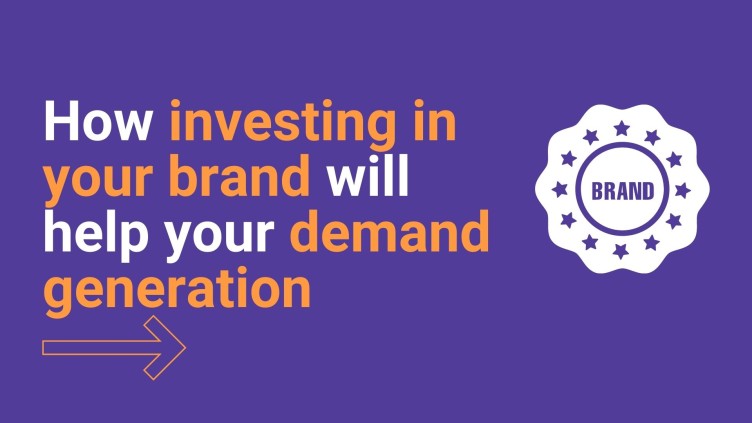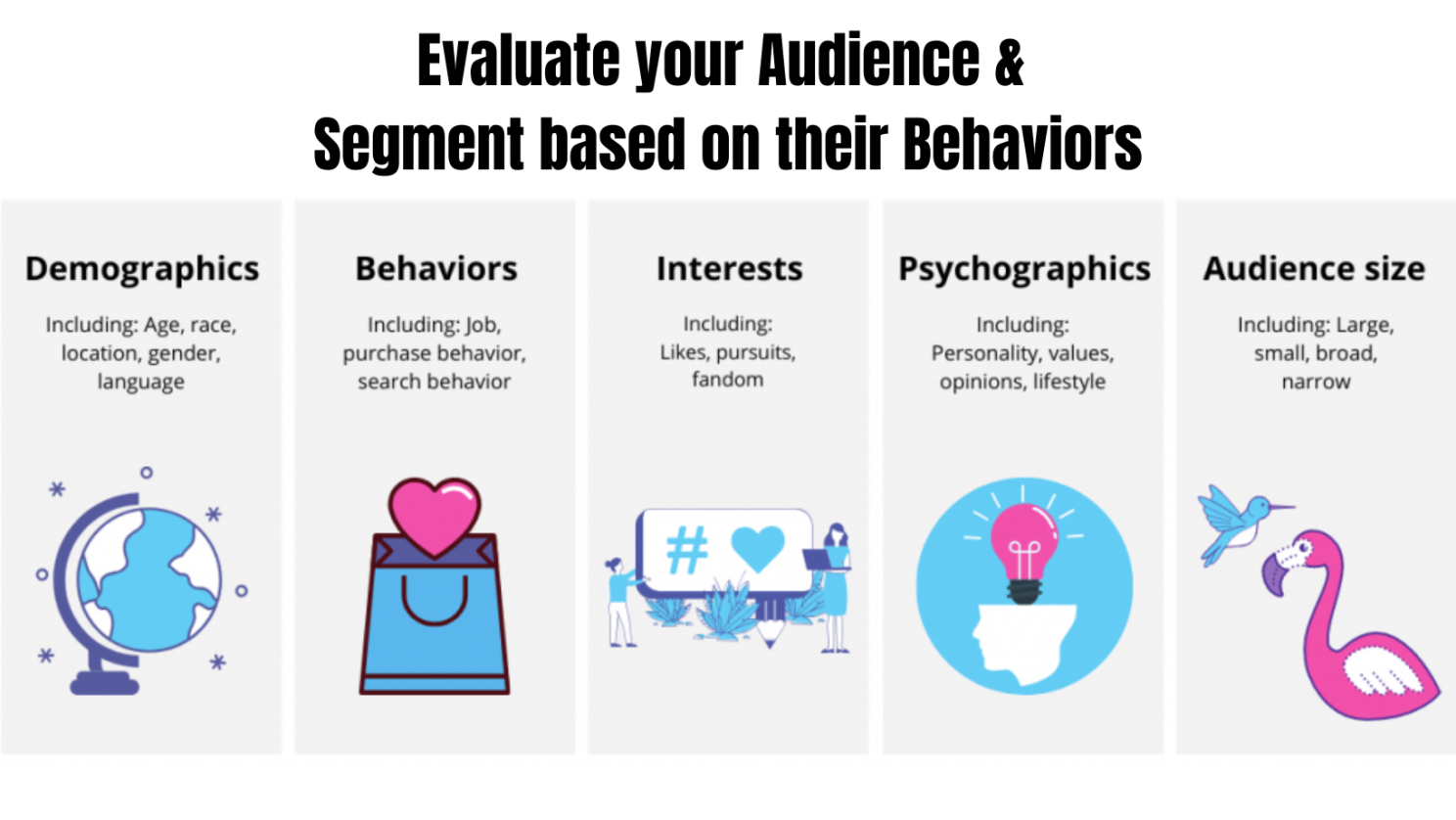
It’s crazy to think that the World Wide Web (WWW) was invented in 1990 by Tim Berners Lee. Pretty cool that he’s a Lee, too 🙂
The creation of the world wide web has forever changed not only how we communicate with each other but the kinds of businesses that exist today. We have e-commerce, SaaS applications and cloud based technology creating an entirely new business model. And with these technology focused brands, we’ve changed how we go to market and reach our customers.

Demand generation used to be activities like traditional ad spend on TV, billboards and magazines and sending direct mail. For sales teams, it used to be cold calling, knocking on doors and handing out business cards to make quotas. But demand generation efforts have drastically changed marketing and sales activities. With the web, advanced technology AND most importantly, social media and smart phones, we reach customers differently.
We’re more connected than ever before are are getting advertised and sold to in every waking moment. It’s hard to breakthrough as marketer or seller, especially if you’re focused on only creating demand.
What does demand generation today mean?

David Lewis, CEO of Demand Gen, said:
‘Demand generation spans the entire buyer’s journey. That includes both generating revenue from acquiring new customers (market share) and growing revenue within the installed base (wallet share).”
Today, it’s not just about the leads, it’s about the entire customer journey. You need marketing and sales aligned and the ability to build trust and loyalty with a customer for the long term. And that’s why brand building is more important today than ever before.
How to connect your brand to your demand
In LinkedIn’s Guide ‘Brand to Demand: Harmonizing Long Term Brand Strategy with Short Term Activation Tactics’ they talk about how the average B2B sales cycle is around 6 months and that previously marketers were investing 45% of their budget in brand marketing. Now, the recommendation is 60% investment in brand and 40% in demand.

Why invest more in brand?
Because you have to grow your voice in order to grow your share of the market. As you grow your voice and reach more customers, you’ll be able to grow. Makes sense right? Super easy?
I know, it’s not. But brand marketing drives long term growth, and we’re in it for the long haul right?

Aren’t you tired of those transactional relationships with your clients and customers. All of those emails that don’t convert? Why do you think that’s happening?
Well, they may not get your brand…why you do what you do and how you can help solve their problems in this moment.
The timing may not be right. Or your service doesn’t meet their need.
That’s why we invest more in brand. Because people are unpredictable in what they need and the sales cycle is long. We want to be a part of their lives frequently. We get to build that emotional connection and stay top of mind so when that problem comes up, we’re thought of first.
And we want people to search for us. We don’t want to show up on Google Search just because we’re spending all of our time on SEO trying to beat the Google algorithm or spending all of our money on paid ads on platforms we don’t own. When we build the brand, they will come for you!
How to build your brand and WERK It
I’m oversimplify how to build a brand dramatically, but these are the building blocks to creating demand and building your brand so that you have longevity in the market. The more you focus on the people and how you’re serving their needs over the long term, the better outcomes for your business.
1. Ensure your brand has a strong value proposition that solves people’s pain points.
This should be an outside looking in perspective. Think about your ideal customer and what problems they’re facing and how YOU can solve for them.

You may think you have the best product or service out there, but if people don’t get what you do simply and how you’re solving their problems, you’re going to need a lot of demand to drive quick transactions that don’t build long term value.
Hubspot lays out writing a value proposition nicely:
- Identify your customer’s main problem.
- Identify all the benefits your product offers.
- Describe what makes these benefits valuable.
- Connect this value to your buyer’s problem.
- Differentiate yourself as the preferred provider of this value.
2. Evaluate your audience and segment based on their behaviors, not just demographics.
Your audience may have many layers. You can think about more broad targeting to expand your share of voice as well as hyper targeting for specific campaigns.
What matters is that you don’t go after everyone and understand who are your current customers versus ideal customers. Understand why your current customers are buying from you and use that as qualitative and quantitative research to build your brand marketing efforts!

Before you go after some aspirational audience, lock in your current customers and use that audience to build look-a-likes, AKA people that have similar problems but may not look the same. Test out new content and offerings and see if your message is resonating.
3. Create a go-to-market plan that builds an emotional connection.
There are tons of ways for you to go to market these days. From LinkedIn to Instagram to SEO and SEM to virtual and in person events, there are so many ways for you to reach your audience and grow your share of voice. You can spend a lot of money or focus on your organic efforts which is what we do at Standout Authority. We think the most power is in the brand and organically on LinkedIn, and you’d be amazed at what you can create with some strategy and focus!
Also think about what capabilities your business has right now and don’t stretch yourself too thin. You don’t have to be everywhere! It’s better for you to do a few marketing activities super well than to try to be on every platform doing everything.
Focus in on where your audience consumes content – which hint hint, includes LinkedIn – and build your brand’s expertise and thought leadership there. Go all in!

Conclusion
The more time and money you invest in your brand the better. If you’re currently doing demand 80% of the time, think about how you can invest more in your brand strategy. It’s not that you shouldn’t drive demand, it’s just complementing your demand gen efforts with brand building activities that will ultimately build long term relationship with customers.
How much time do you spend on your brand marketing activities? Do you think your company focuses too much on demand? Let me know in the comments!
And if you’re struggling with social media and how to build your brand on social, we’d love to have you at our upcoming event:
How to build your brand and WERK the Sh*t out of it on Social Media
We’ll have a Branding and Social Media Panel with LIVE HOT SEATS!
Panel includes:
David Brier, Virgilia Virjoghe, Baaghil, Sue B. Zimmerman, Geoffrey Colon AND Hayley Hobson!
When: Tuesday September 21st 10:30amCST
Register here!
See you there,
Rachel
